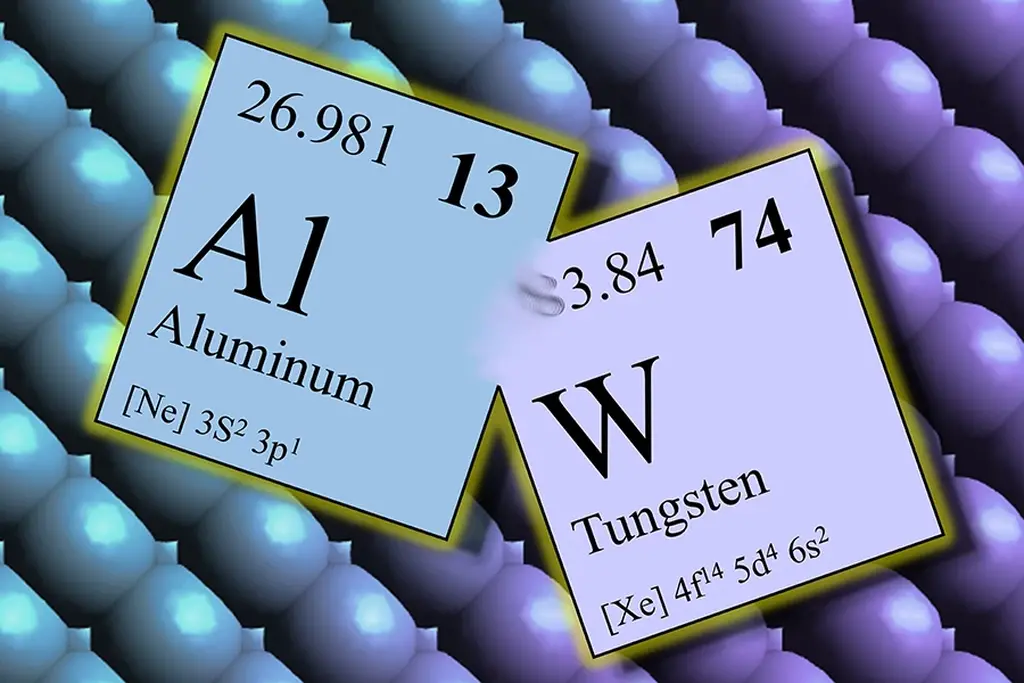
Platinum, palladium, rhodium and other metals are key catalysts for the manufacture of materials and chemicals in many industries, but the problem is that these metals are difficult to obtain and make themselves very expensive, which also drives the cost of manufacturing equipment, processes and the heaviest finished products.
A scientific team led by the University of Minnesota has found that by adding or removing electrons, ordinary cheap materials can be adjusted to have some useful surface properties of expensive catalytic metals.
Paul dauenhauer, the lead researcher of the study, said: "the routine of atoms will not change their number of electrons, but we have invented the catalytic condenser device, which enables us to adjust the number of electrons on the surface of the catalyst. This opens up a new opportunity to control chemistry and make rich materials work like valuable materials".
In order to adjust the number of electrons in the material, the catalytic condenser is formed by stacking a series of thin films. The top layer is 4 nm thick alumina, which is located on a layer of graphene, below which is an insulator and at the bottom is a conductor. When voltage is applied to graphene and conductor layer, a charge will be generated in alumina. This changes its surface properties and enables it to play a role beyond its level like a catalyst.
The catalytic effect of alumina can be adjusted by adjusting the applied voltage, the composition of the insulating layer or adding different additives to the active layer. The researchers said that the changes of these devices can be used in a range of industries to respond differently according to needs.
"We believe that the catalytic condenser is a platform technology that can be implemented in a large number of manufacturing applications. The core design insights and novel components can be modified into almost any chemistry we can imagine," said Dan Frisbie, the study's author.